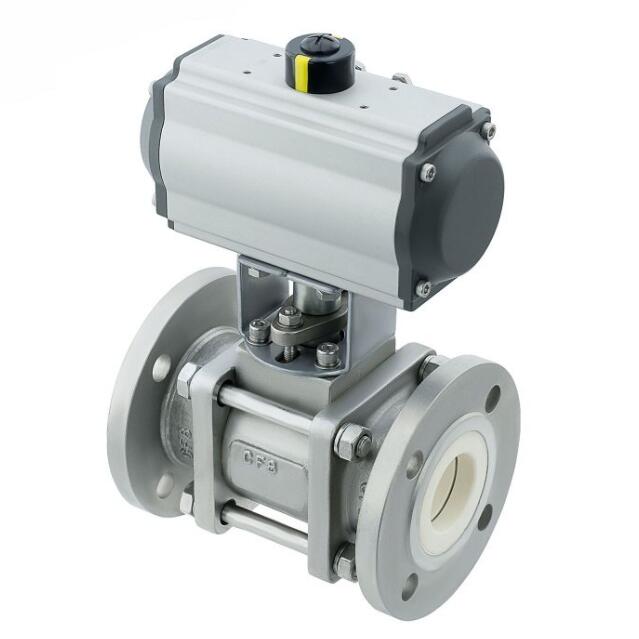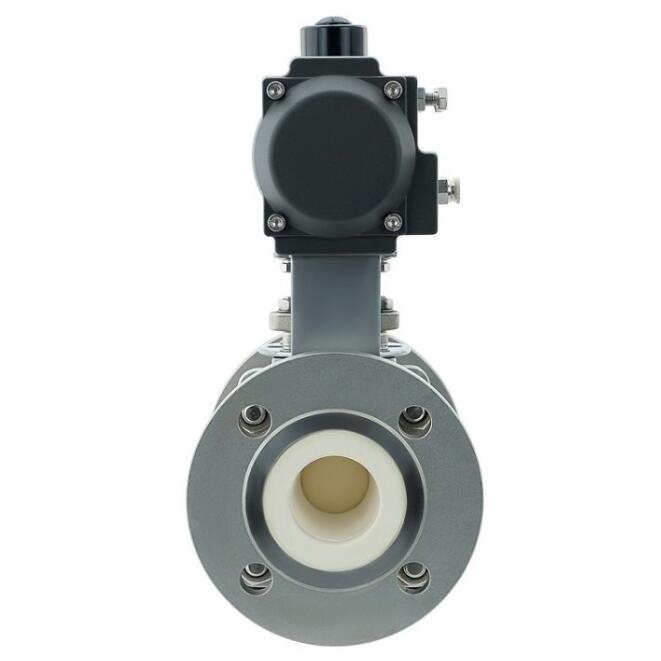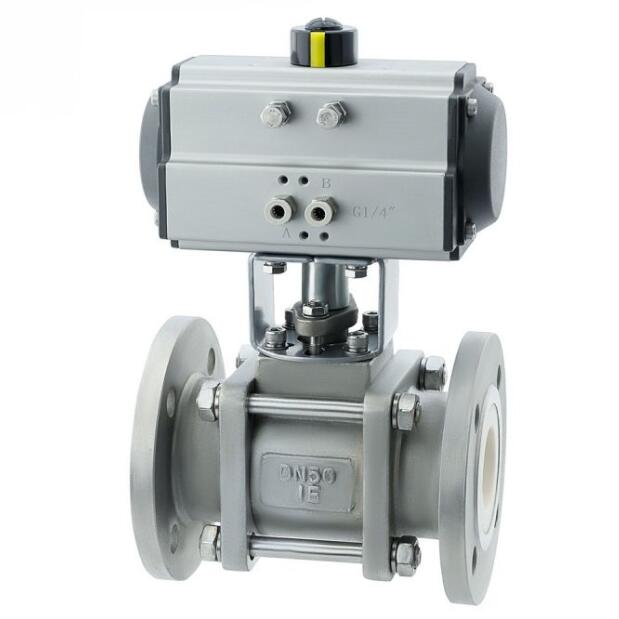 info@shxvalve.com
info@shxvalve.com info@shxvalve.com
info@shxvalve.comMobile:+86-17717520739
Wechat:17717520739
Email:info@shxvalve.com
Address: NO.720, Suide Road, Jiading District,Shanghai, China.


2022-10-28

Handle/actuator
The handle is a component of a manually operated ceramic ball valve where the valve operator applies torque to open or close the valve. The actuator is used in actuated ceramic ball valves and it provides the torque required to open or close the valve as well as providing the intelligence for automation.
Valve body
This is the component of ceramic ball valve used to house all internal parts of the valve. The valve body is made of strong metallic materials such as carbon steel and stainless steel to provide high mechanical strength to the valve so that it can withstand high pressure and impact damage. The valve body contains the inlet and outlet port of the ceramic ball valve.
Stem
This is the component of a ceramic ball valve that is used to transmit torque from the handle/actuator to the ball. The stem connects the actuator/handle to the ball.
Ball
The ball is the component of a ceramic ball valve tasked with opening and closing fluid flow. The ball is connected to the handle or actuator via the stem. The ball has a bore at its center where fluid flows through the valve when in an open state.
Seats
These components are placed between the ball and the valve body to support the ball and also prevent fluid leakage.
Trim
Trim refers to the internal components of the ceramic ball valve that comes into contact with the fluid such as the glands, O-rings, and seats.
Gland packing
This is the component of the ceramic ball valve used to provide a seal between the stem and the valve body to enhance the fluid-tight seal around the handle and stem assembly.

How does a ceramic ball valve work?
Ceramic ball valve is used for on and off fluid flow applications. The ability of a ceramic ball valve to open and close fluid flow is enhanced by the use of a ball with a bore at its center. The ball is connected to the valve handle or actuator through the valve stem. The ball is responsible for closing and opening the fluid flow through the valve. The fluid flows through the ceramic ball valve through the ball bore. To start a ceramic ball valve, the handle (for manual ceramic ball valves) is rotated for 90o degrees in the anticlockwise direction. This makes the valve stem and the ball rotate at the same 90o degree angle. When the ball is rotated for that 90o angle it makes the ball bore become in line with the pipeline. This makes the fluid flow through the ceramic ball valve and the valve is said to be in an open state. To close the ceramic ball valve, the handle is turned in the clockwise direction which makes the ball bore turn and become perpendicular to the pipeline and thus the ball blocks the fluid flow. The same working principle is employed in ceramic ball valves operated using an actuator. The only difference is that the actuated ball valve gets its torque from an actuator, unlike the manual ceramic ball valve which gets its torque from the valve operator.

Ceramic ball valve work feature
High strength
Ceramic ball valve internal components are designed and manufactured using high-performance structural ceramic materials. The body and external parts of the ceramic ball valve are manufactured using high-strength metallic materials which enhance its mechanical strength.
Durable
Ceramic ball valve has good abrasion resistance, corrosion resistance, and high metallic body strength. Under the same working conditions, the service life of a ceramic ball valve is 2 to 4 times that of other corrosion and abrasion-resistant valves.
Corrosion resistance
Ceramic ball valve has stable chemical characteristics for most acid-based fluids which makes them excellent for corrosion resistance.
High hardness value
Ceramic ball valve as the name suggests are made of ceramic materials which are known for their high hardness. Such ceramic materials include zirconia which has a high hardness value of around HRA88 which is second after the strongest material diamond.
Need low torque
Ceramic ball valve has a smooth surface of the seat and ball and a self-lubricating feature when opening and closing. This makes the opening and closing resistance small and thus needs small torque to open and close.
Free from fluid leakage
Ceramic ball valve uses a surface contact sealing between the ball and the seat. The sealing contact is enhanced by the high accuracy roundness of the ball which ensures that it can produce zero leakage as per international standards.

Ceramic ball valve work application
